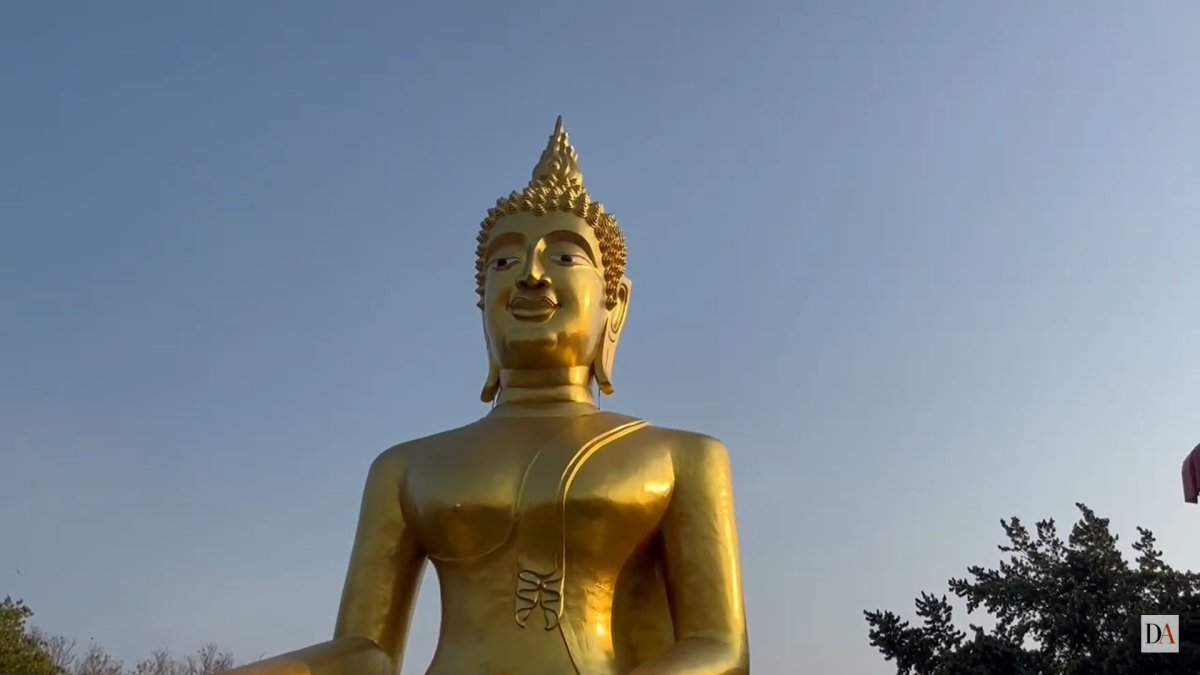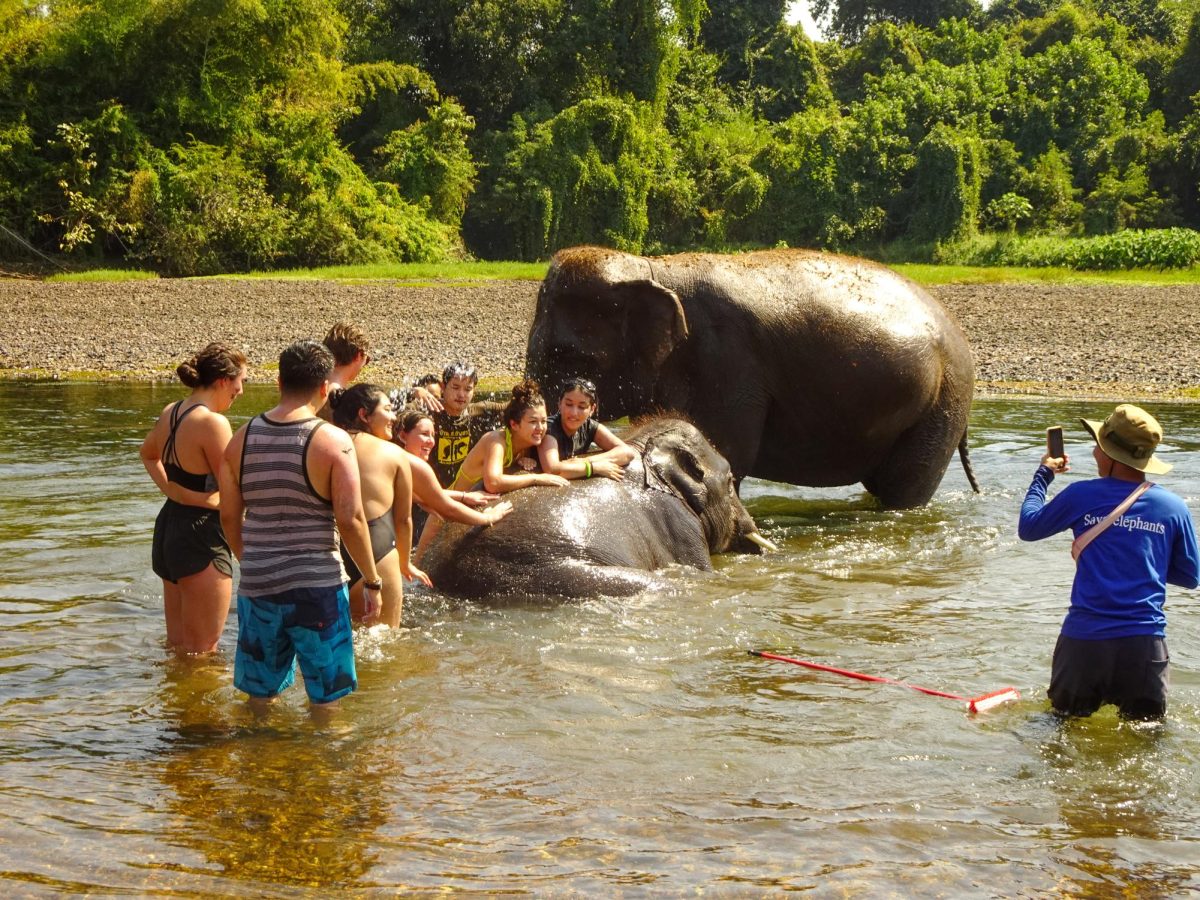Pa pa ti pa-pa. Pa pa ti pa-pa. Pa pa ti pa-pa.
Nineteen students sat in a circle in the basement of the Music and Dance building at San Diego State University banging out that rhythm, pa pa ti pa-pa.
Some used their knuckles on the sides of the drums that sat between their knees, some slapped their hands on their laps, and three used shakers, hitting them against their knees on the “pa’s” and against their hands on the “ti’s.”
A barefoot man with waist-long brown hair, John Flood, stood at the head of the circle leading the beat. As instructor and co-director of the African Ensemble class, Flood learned many of the dance rituals after visiting Ghana in 1977 with several other students, as a guest of Ghana’s National Theatre.
A student with a bell and a stick stood in the front of the circle near the instructor and had the hardest job in the room ? keeping the group in time by playing the rhythmic beat on the bell when Flood began his solo.
According to Flood, the bell drives the whole performance.
Some students drummed with closed eyes, two shaded their eyes with sunglasses and a few wore no shoes, but all were intent on keeping the rhythm.
“You get in touch with your rhythm,” said an ensemble student who wished to be identified only as Phil. “It just feels good. You really feel a unity with the other drummers.”
Four barefoot female students danced with co-director Emmalyne Moreno in front of a wall mirror, practicing African dance moves.
“Your right foot and then your left, your right side and then your left,” Moreno instructed. The girls shuffled forward, leading with their shoulders, then squatted low, still moving forward with the dance.
“In order to dance, you’ve got to drum, and to drum you have to dance,” Flood said.
Everyone in the ensemble classes must learn the dances, but only some go on to dance or drum in the performance group.
The group is ethnically diverse. There are Filipinos, Vietnamese, Chinese, African-Americans, Caucasians, Irish and Indonesians. The ethnic mix comes and goes, Flood said. It’s different every semester.
Flood learned the dances from a master African drummer from Ghana, Komla Amoaku, who founded the SDSU African Ensemble in 1991, then asked Flood to take over when he went back to Ghana.
“Most of my experience is learning from the master drummers,” Flood said. “Learning from an African is different than a Western education.”
Flood said music is much more than simply music to the African drummers and families he has known ? it’s spiritual. Amoaku’s mother was a high priestess in his town in Ghana, and the whole family played music and danced.
Moreno was also in Ghana during the ’70s, and she studied dance. She and Flood direct the African Ensemble performance group, which has played internationally and domestically. The group plays area schools and libraries as outreach, Moreno said.
The ensemble performed at a San Diego Chargers game last season, “the last one the Chargers won,” Flood said, and joined the SDSU marching band for the Aztecs’ Nevada-Las Vegas game.
The ensemble is scheduled to perform on April 20 in Smith Recital Hall as part of a series of Monday night concerts put on by the School of Music and Dance. For more information, call 594-7452.






